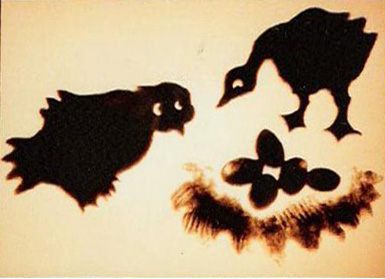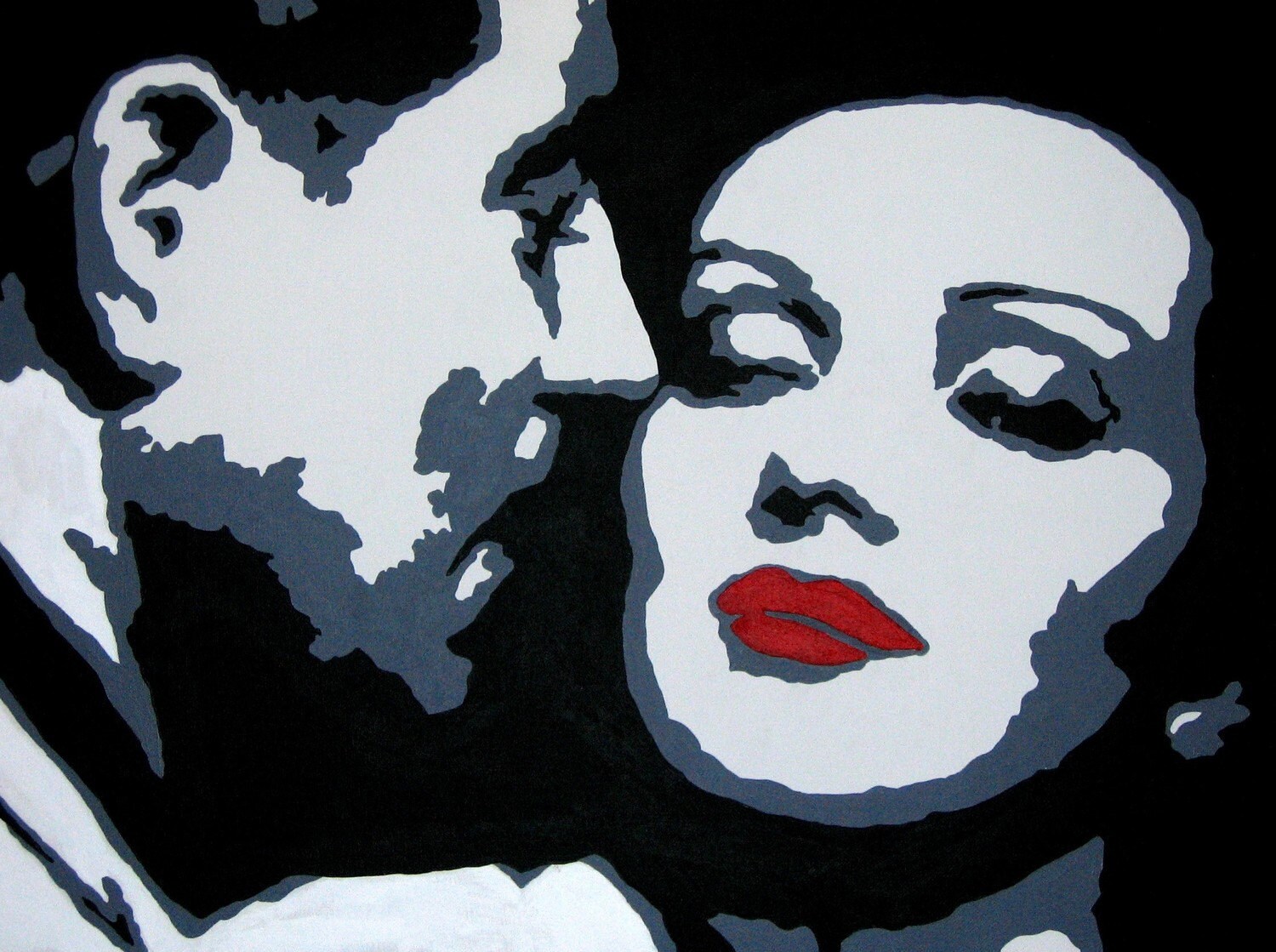
stop motion
stop motion (which is also know as stop frame) is an animation technique to make a physically manipulated object appear to move on its own. The object is moved in small increments between individually photographed frames, creating the illusion of movement when the series of frames is played as a continuous sequence. Dolls with movable joints or clay figures are often used in stop motion for their ease of.

claymation
Clay animation or claymation is one of many forms of stop motion animation. Each animated piece, either character or background, is "deformable"—made of a malleable substance, usually plasticine clay. clay animation, each object is sculpted in clay or a similarly pliable material such as plasticine, usually around a wire skeleton called an armature. As in other forms of object animation, the object is arranged on the set (background), a film frame is exposed, and the object or character is then moved slightly by hand.
This article is about the animation technique. For the graphics effect induced by enlarging a bitmap. For the image-editing technique of displaying part of an image at low resolution.Pixilation (from pixilated) is a stop motion technique where live actors are used as a frame-by-frame subject in an animated film, by repeatedly posing while one or more frame is taken and changing pose slightly before the next frame or frames. The actor becomes a kind of living stop motion puppet. This technique is often used as a way to blend live actors with animated ones in a movie, such as in The Secret Adventures of Tom Thumb by the Bolex Brothers.

body movement One of the most important techniques in puppetry is continuous motion. A puppet that remains still has a dull, lifeless appearance and is said to be dead. Motion should shift from one portion of the puppet to another, so that one moment the puppet is moving its head and the next moment shifting its torso or repositioning an arm. basic positioning As with any stage performer, the puppet should generally face the audience; but may turn to one side or the other. There are times when a puppet does turn its back to an audience just like an actor. Puppets generally should look out towards an audience and not up at the ceiling unless they wish an audience to follow their line of vision. Generally a hand or glove puppet should talk a lot. rod puppetsA rod puppet is manipulated with wooden or wire rods. Rod puppets can sometimes have a complete working hinged mouth but many do not. A rod puppet can have a fixed facial expression. Arms are usually a requirement as rods are attached to them.

She mixed paint with glycerine to produce The Street, adapted from the short story of the same name by Mordechai Richler, which was nominated for the Academy Award for Best Animated Short Film at the 49th Academy Awards.From 1981 until 1986 she worked on various live action documentary films. In 1986 she produced her first animation in nearly a decade by scratching on 70mm color film and reshooting it on 35mm. "Two Sisters" (1990) won the award for best short film at the Annecy International Animated Film Festival in 1991. In 2004 she co-directed "Suite for freedom" (her part was called "Slavery"). It was included in the Animation Show of Shows in 2004.

Rotoscoping is an animation technique in which animators trace over footage, frame by frame, for use in live-action and animated films. Originally, recorded live-action film images were projected onto a frosted glass panel and re-drawn by an animator. This projection equipment is called a rotoscope, although this device was eventually replaced by computers.
In the visual effects industry, the term rotoscoping refers to the technique of manually creating a matte for an element on a live-action plate so it may be composited over another background.

Computer animation or CGI animation is the process used for generating animated images by using computer graphics. The more general term computer-generated imagery encompasses both static scenes and dynamic images, while computer animation only refers to moving images.Computer animation or CGI animation is the process used for generating animated images by using computer graphics. The more general term computer-generated imagery encompasses both static scenes and dynamic images, while computer animation only refers to moving images.
 A zoetrope is a device that produces the illusion of motion from a rapid succession of static pictures. The termThe zoetrope consists of a cylinder with slits cut vertically in the
sides. On the inner surface of the cylinder is a band with images from a
set of sequenced pictures. As the cylinder spins, the user looks
through the slits at the pictures across. The scanning of the slits
keeps the pictures from simply blurring together, and the user sees a
rapid succession of images, producing the illusion of motion.zoetrope is from the Greek words., "life" and , "turn". It may be taken to mean "wheel of life".
A zoetrope is a device that produces the illusion of motion from a rapid succession of static pictures. The termThe zoetrope consists of a cylinder with slits cut vertically in the
sides. On the inner surface of the cylinder is a band with images from a
set of sequenced pictures. As the cylinder spins, the user looks
through the slits at the pictures across. The scanning of the slits
keeps the pictures from simply blurring together, and the user sees a
rapid succession of images, producing the illusion of motion.zoetrope is from the Greek words., "life" and , "turn". It may be taken to mean "wheel of life".